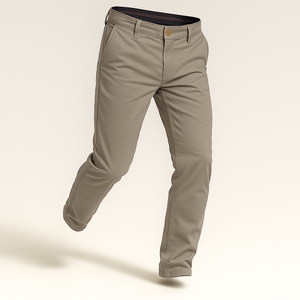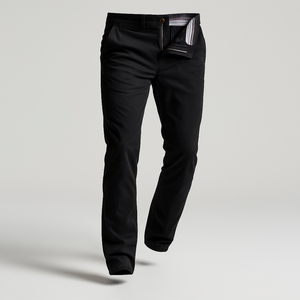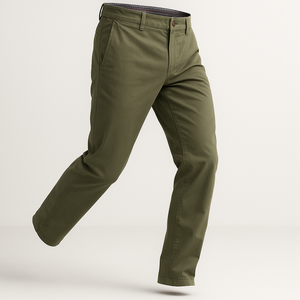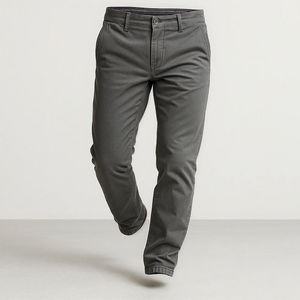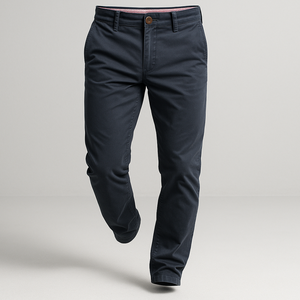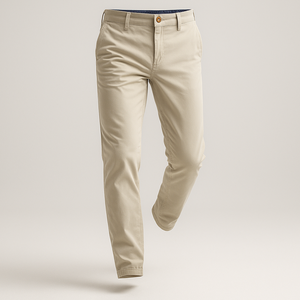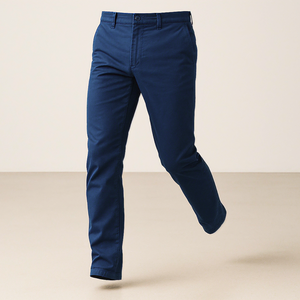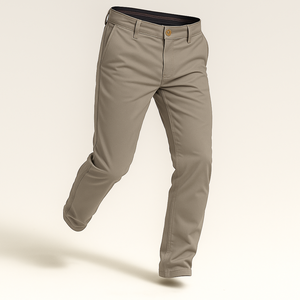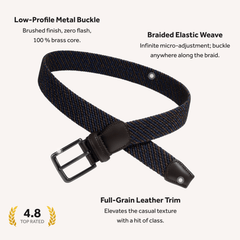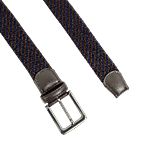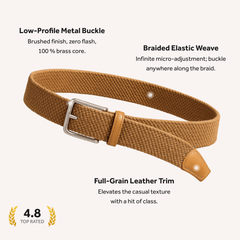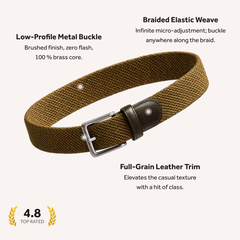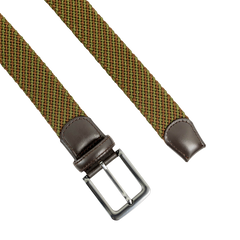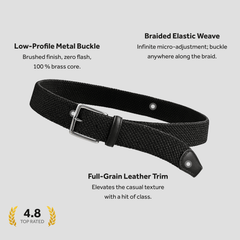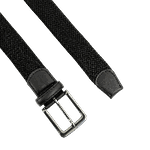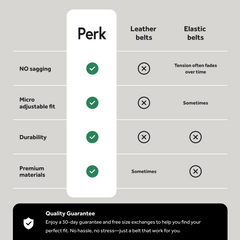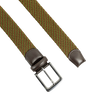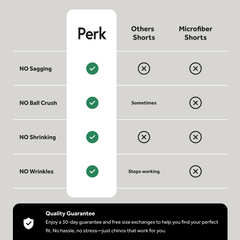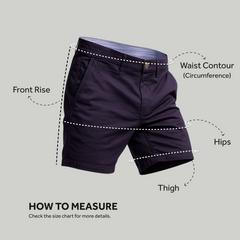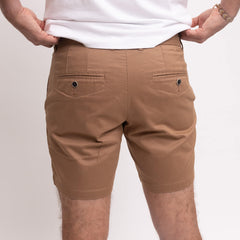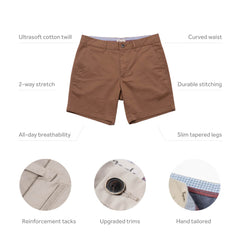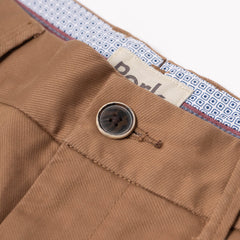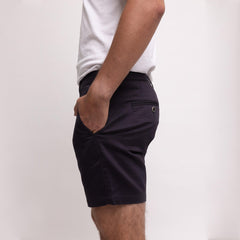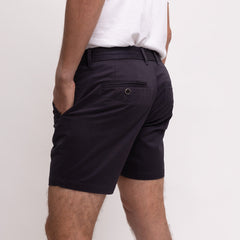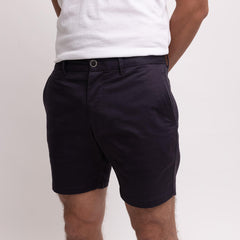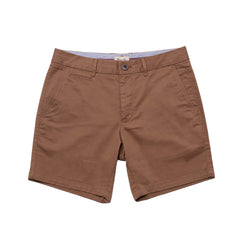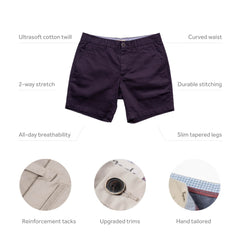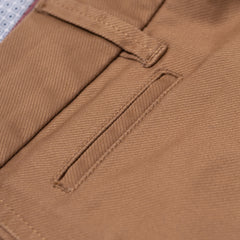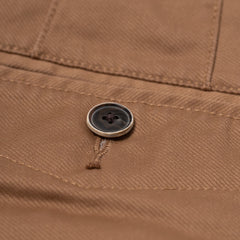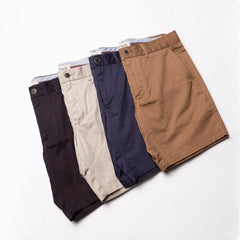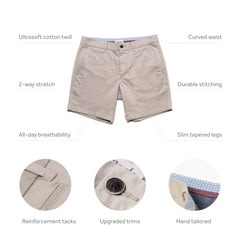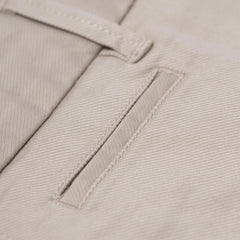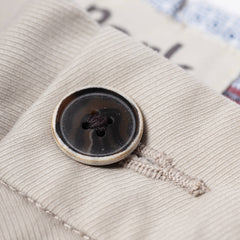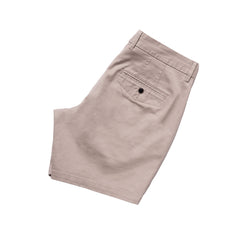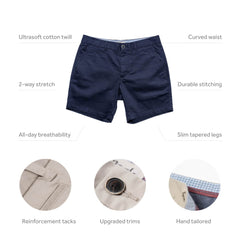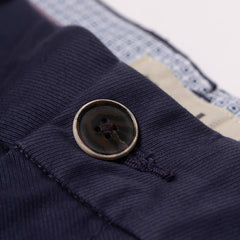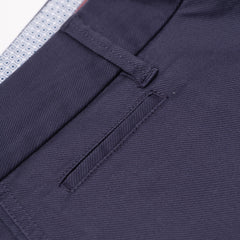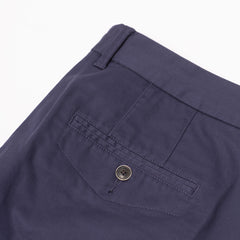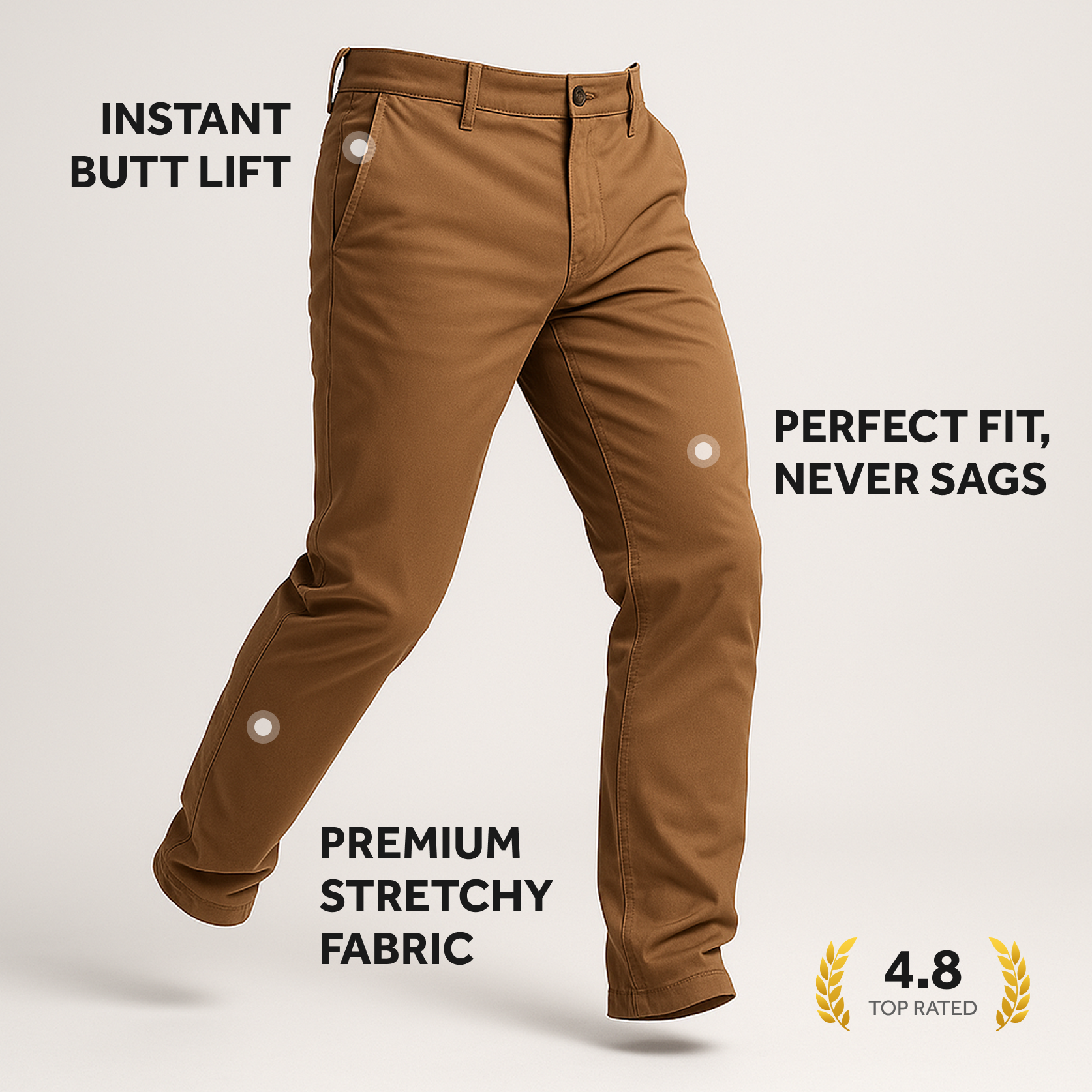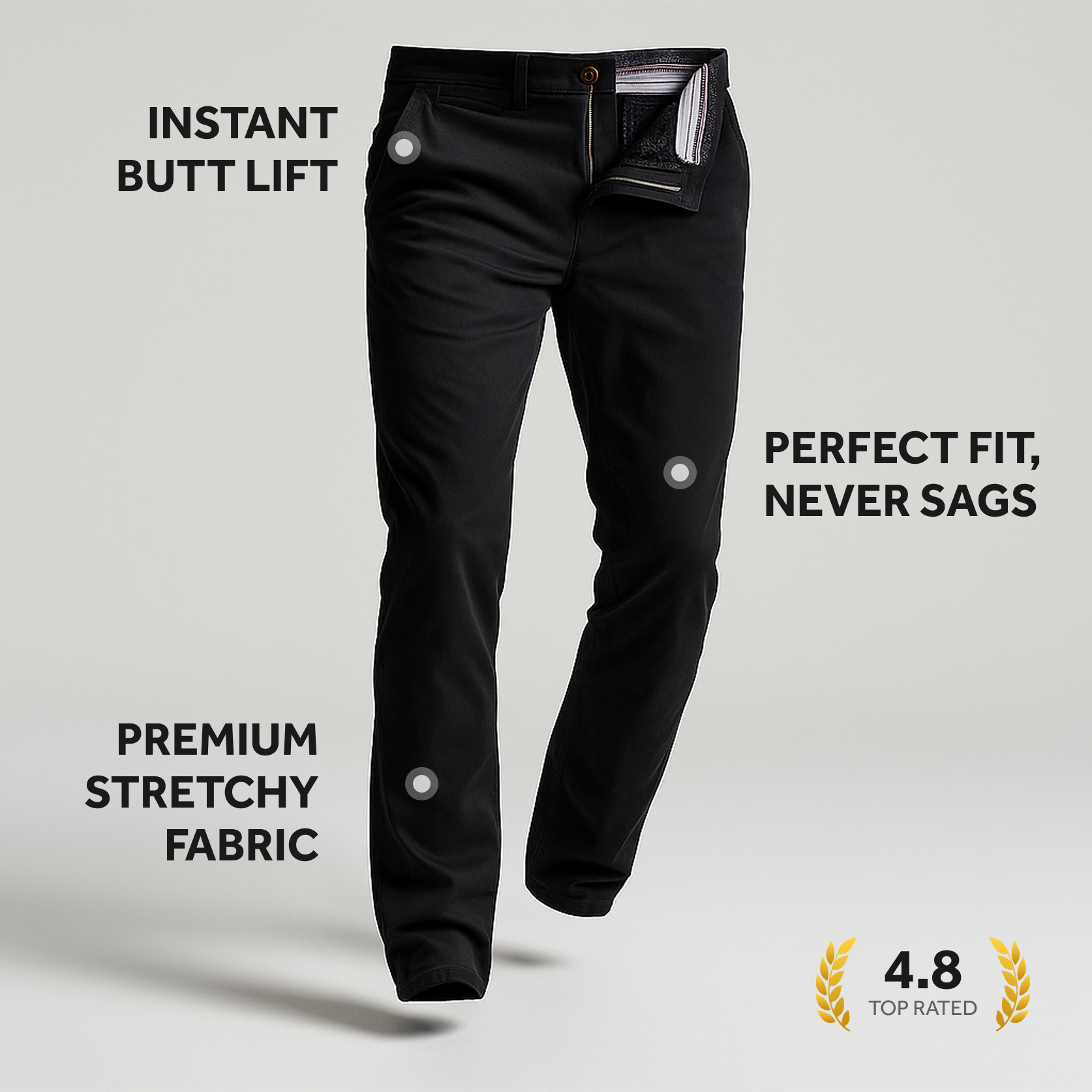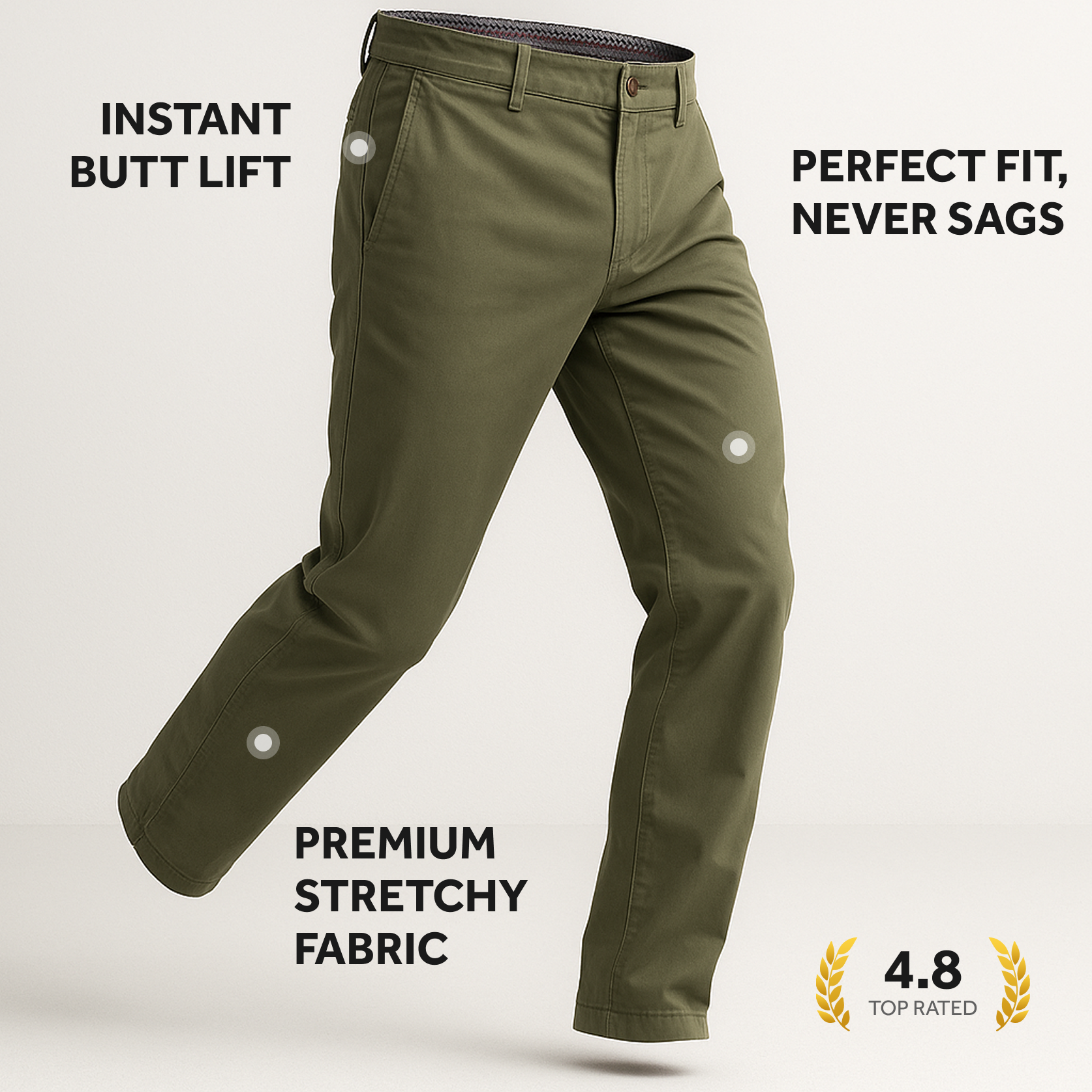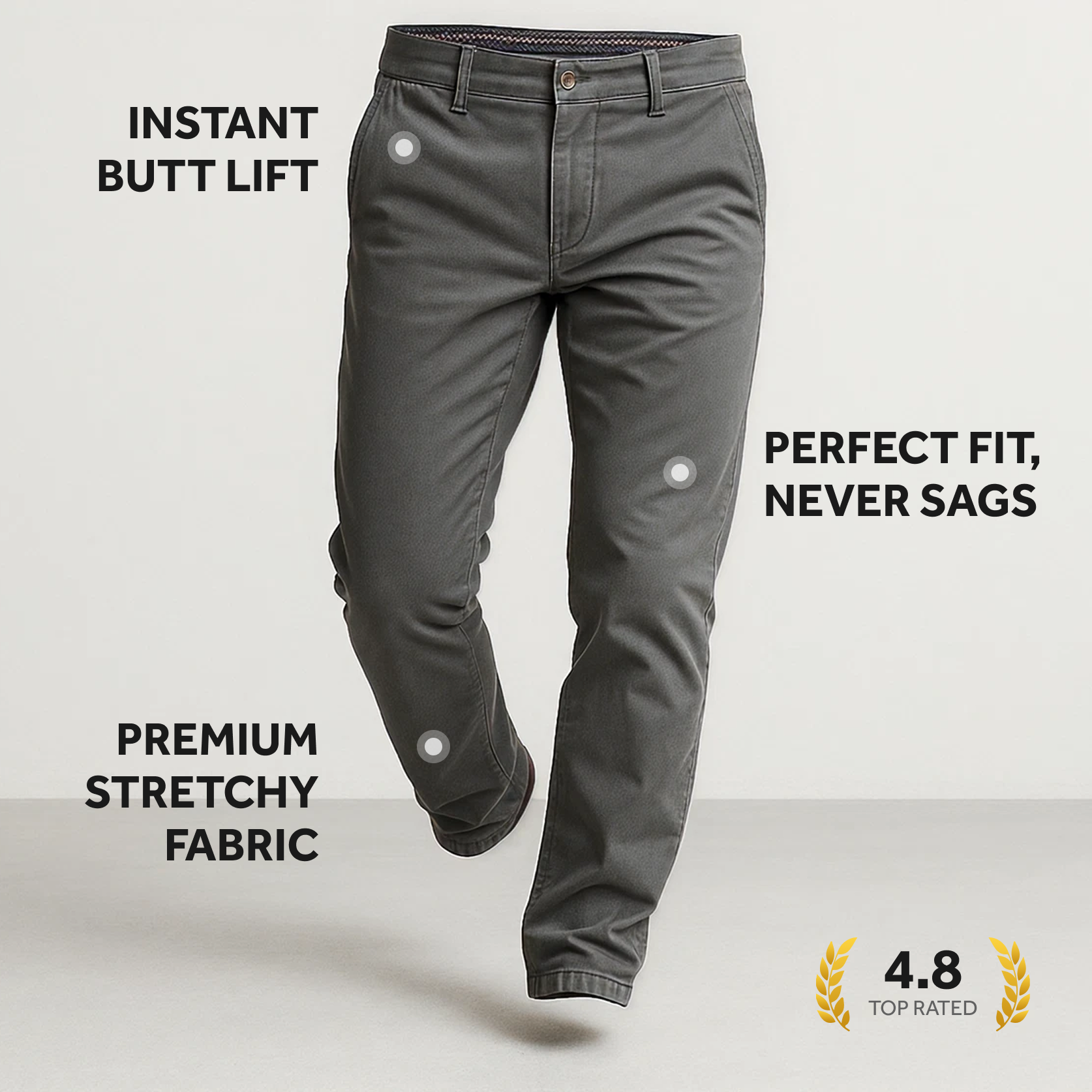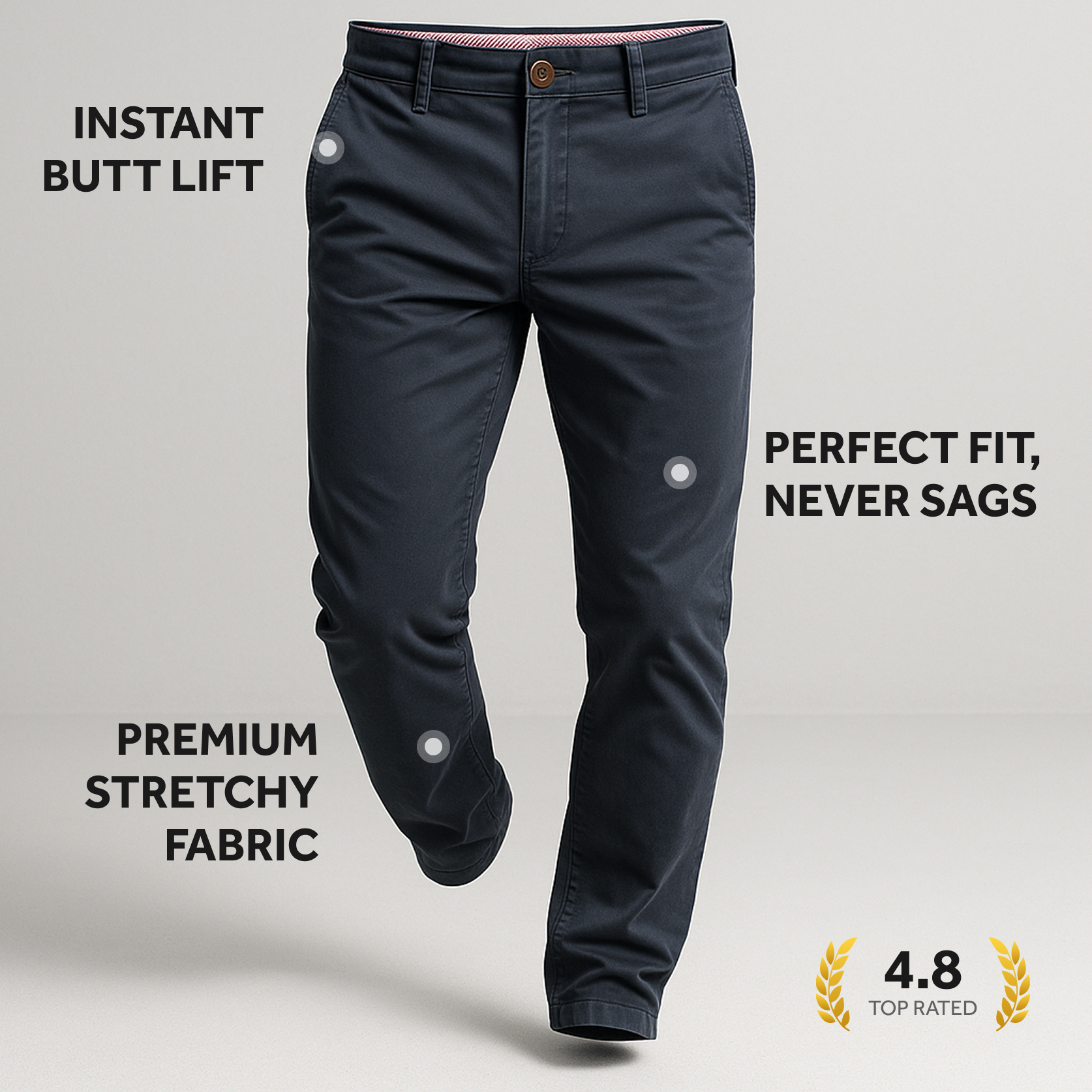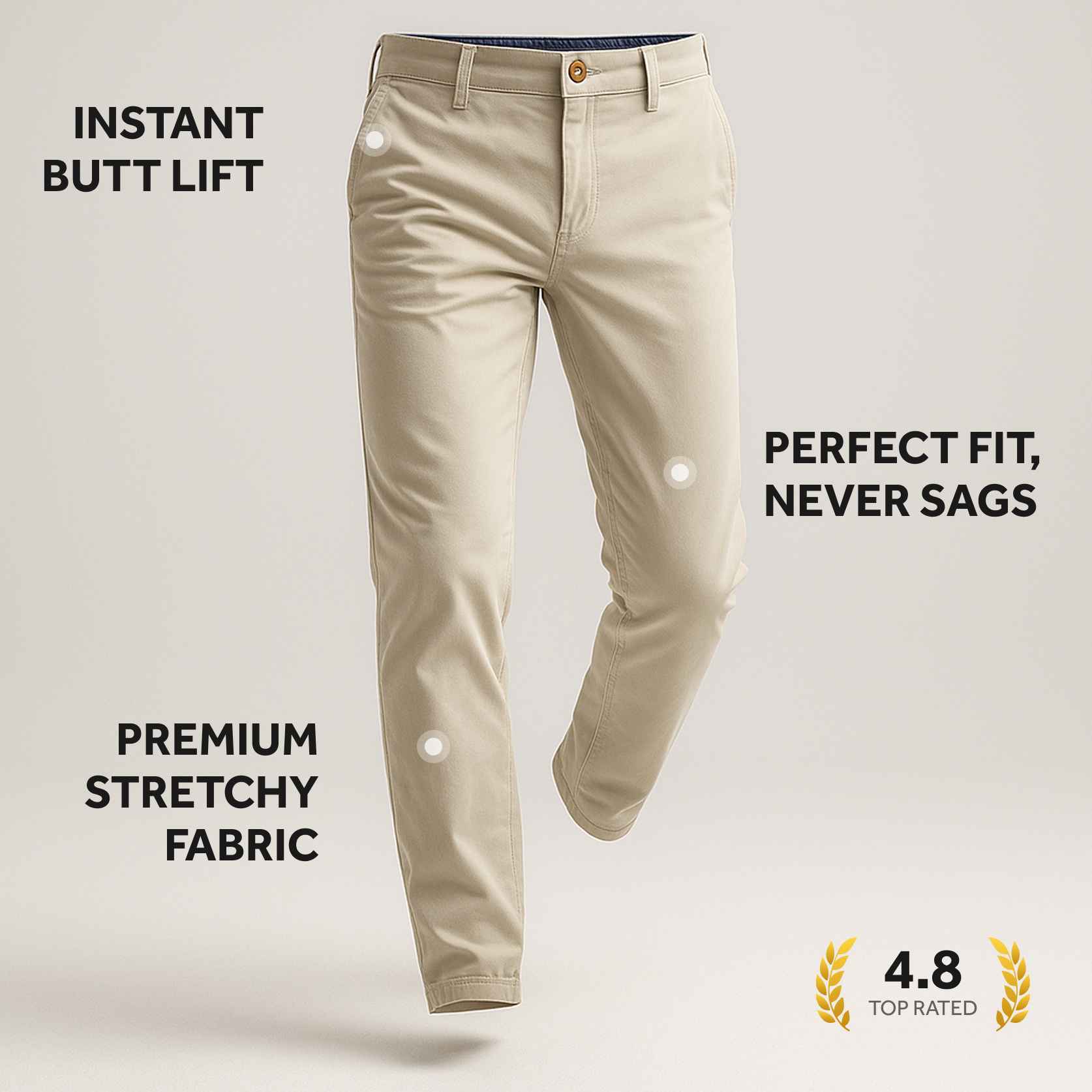Generally speaking, t-shirts are made from jersey knit cotton, and a nice jersey cotton shrinks an average of 3%. All fabrics are a bit different, but 2-3% is a good rule of thumb. 3% may not sound like much, but keep in mind that for a sleeve length of 10″, it can mean a full 0.3″! Of course there are a number of caveats to this rule that should also be considered:
How the t-shirt is washed and dried makes a big difference.
We suggest sizing the t-shirt such that some normal amount of shrinkage is taken into account and then washing it in water and pressing it after.
Alternatively, if you wash the shirt in the washer, and then dry it on high-heat in the dryer, you will see shrinkage that is much more significant.
If you wash a shirt according to our suggested methods, you should see more minimal and predictable shrinkage over time, without the costs and hassle of dry-cleaning only.
Shrinkage happens over time, not all at once.
The first time a t-shirt is washed it usually shrinks the most, but it can still be expected to shrink more over the life of the t-shirt. We generally expect that the first washing gets most of the shrinkage out of it, the second gets a bit more, the third a tiny bit more, and so on in a logarithmic decreasing function. The point is, it’s common for a t-shirt to be slightly smaller after fifty washings than it was after its first washing.
Shrinkage in length vs width.
Generally speaking (though there are plenty of exceptions) casual shirt fabrics shrink more in the warp than in the weft. Another way of saying this is that t-shirts tend to shrink more in the length than in the width. Sleeve length, shirt length and neck opening around are where you can expect most shrinkage to occur, while generally speaking t-shirts won’t shrink as much in their width.
Typical cotton t-shirt fabrics vs. some specialty plastic fabrics.
Generally speaking, well made t-shirt fabrics shrink in this 1-3% range. At Perk, we test all of our t-shirt fabrics to ensure that they meet this criteria. However, occasionally we come across a fun casual fabric that we think is just really cool and special for its look or feel that shrinks more than 3%. In some cases we will opt to make these fabrics available (of course we do try to account for this shrinkage specially).
How does Perk adjust for shrinkage?
Accounting for shrinkage is a tricky mix of art, science and legacy systems. For better or worse, here’s how we adjust for shrinkage:
- We add 3% to the chest and sweep.
- We add 3% to the sleeve length.
- We add 3% to the t-shirt length.
- In addition to the above rules, for specialty fabrics that are known to shrink more than 3%, we will also adjust all of the dimensions (length and width separately) by 1-3%.



